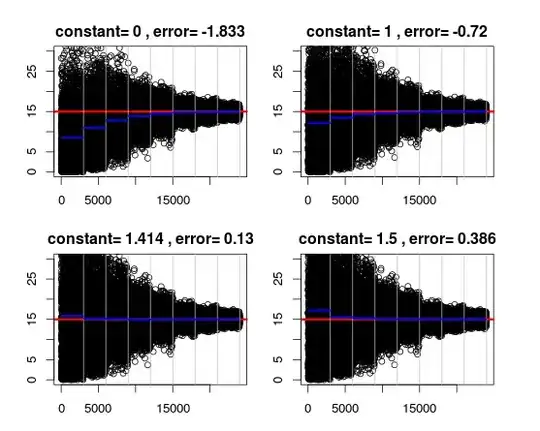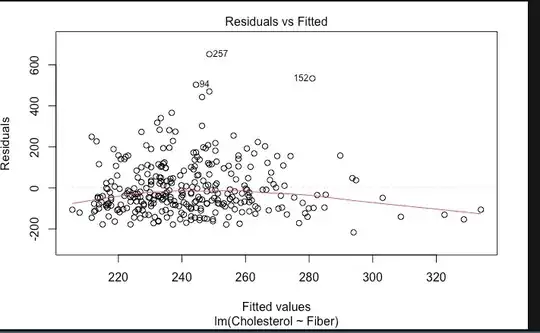You seem to need to change the mean and standard deviation
according to circumstances. So, it may be best
to model waiting times between events as gamma
distributed and round up to integers on account
of daily data collection. This matches the story in the first part of your question.
(Notice that this is different from looking at the number of events per day, as in the last part with the histogram.)
Specifically, consider $\mathsf{Gamma}(\mathrm{shape}=9/16, \mathrm{rate} = 3/16),$ which has $\mu = 3, \sigma=4.$
Here is a summary of $1000$ such waiting times simulated in R:
set.seed(2022)
x = ceiling(rgamma(1000, 9/16, 3/16))
mean(x); sd(x)
[1] 3.627
[1] 3.809512
This gamma distribution has probability about $0.1232$ of a wait exceeding 7 days between events, and probability $0.002$ of three consecutive waits exceeding 7 days. You could choose some such criterion to decide if events at a new site are
too sparse to be of interest.
1-pgamma(7, 9/16, 3/16)
[1] 0.1231928
(1-pgamma(7, 9/16, 3/16))^3
[1] 0.00186963
Here is a histogram of my simulated sample of $1000$ waiting times.
hist(x, br=(0:31)-.5, col="skyblue2")
abline(v=7.5, col="red")

Waits of $7$ or more among the first $100$ waiting
times (total of $341$ days) are designated by TRUEs below:
y = x[1:100]
sum(y)
[1] 341
y >= 7
[1] FALSE FALSE FALSE FALSE FALSE FALSE TRUE FALSE TRUE FALSE
[11] FALSE FALSE FALSE FALSE TRUE FALSE FALSE FALSE FALSE FALSE
[21] FALSE FALSE FALSE FALSE FALSE FALSE FALSE FALSE FALSE FALSE
[31] FALSE FALSE FALSE FALSE FALSE FALSE FALSE FALSE FALSE TRUE
[41] FALSE TRUE FALSE FALSE TRUE TRUE FALSE FALSE FALSE FALSE
[51] FALSE FALSE FALSE FALSE FALSE TRUE FALSE FALSE FALSE FALSE
[61] FALSE FALSE FALSE FALSE FALSE FALSE FALSE FALSE FALSE TRUE
[71] FALSE FALSE FALSE FALSE FALSE FALSE FALSE FALSE FALSE FALSE
[81] FALSE FALSE FALSE FALSE FALSE FALSE FALSE FALSE FALSE TRUE
[91] FALSE FALSE FALSE FALSE FALSE FALSE FALSE FALSE FALSE FALSE

